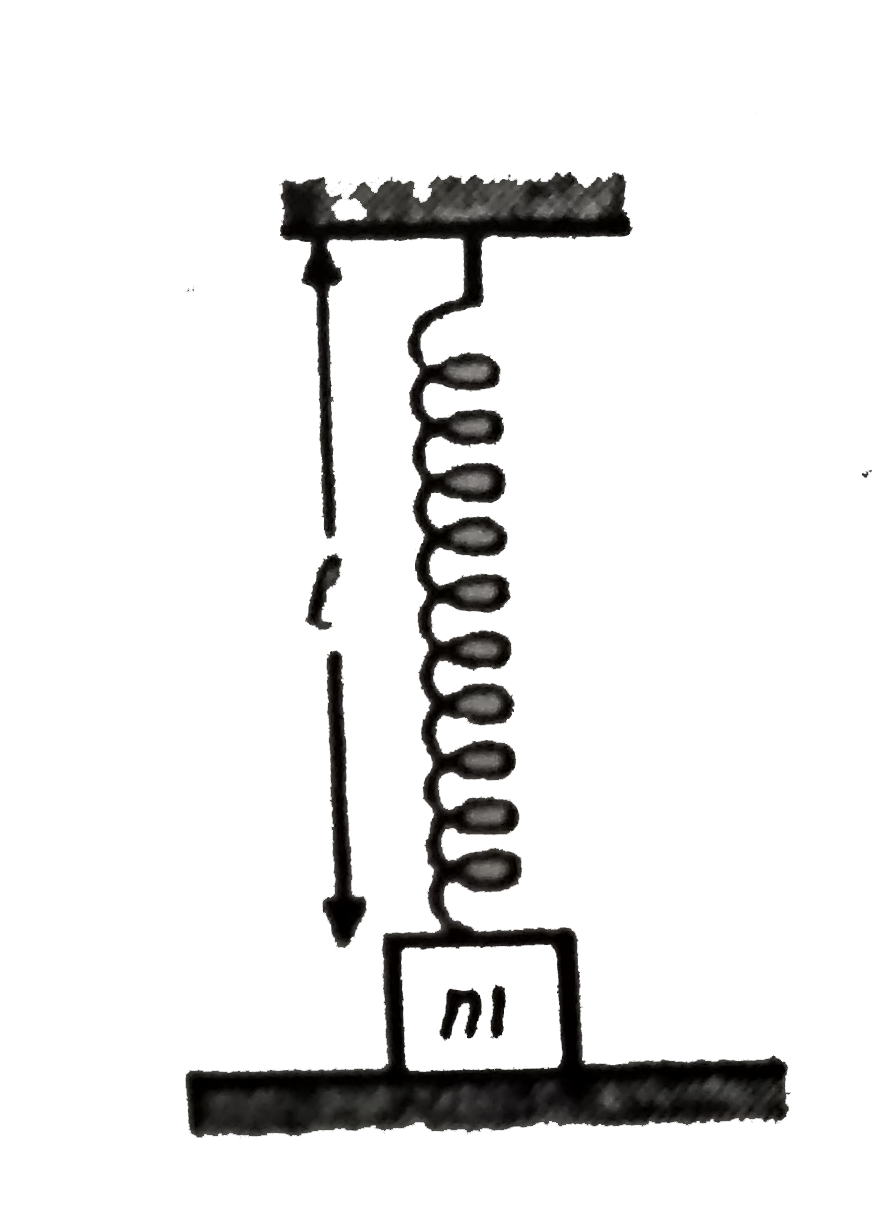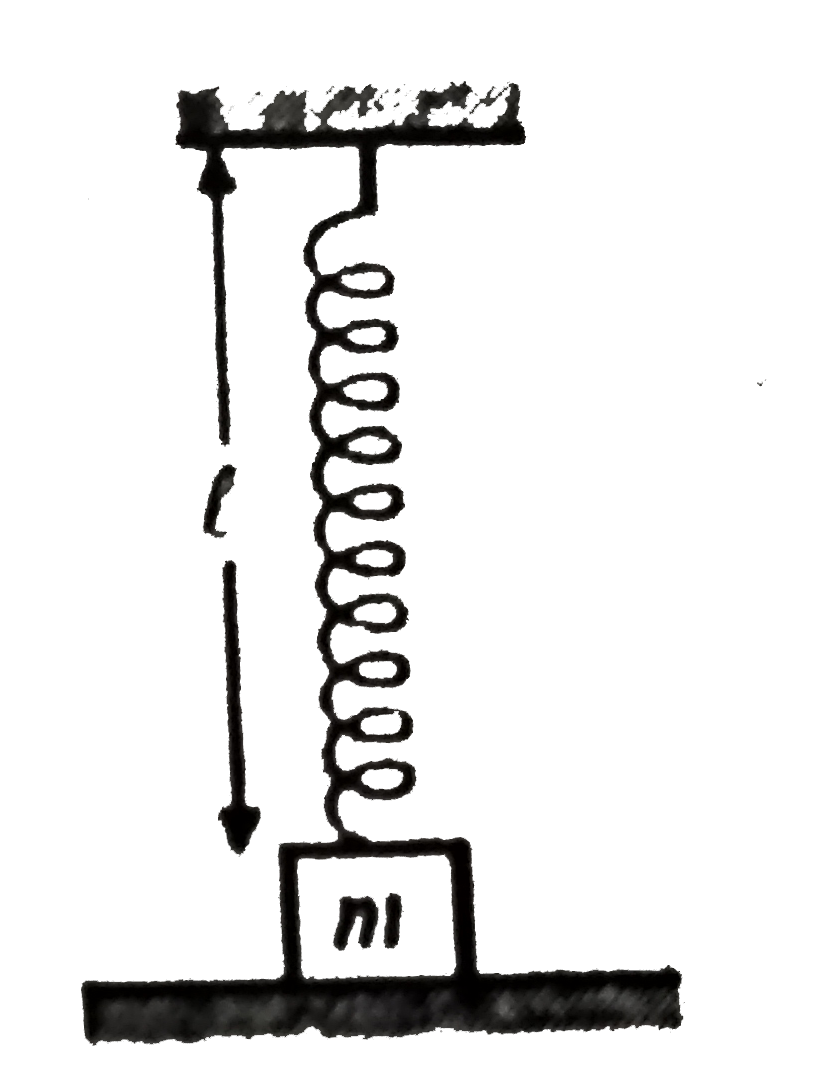When adenine is attached to ribose sugar, it is called adenosine . To make a nucleotide from it, would require
oxygenation
addition of a base
addition of phosphate
hydrogenation
The correct Answer is:C
To convert adenosine into a nucleotide, we need to follow these steps:
1. Understanding Adenosine:
- Adenosine is formed by the combination of adenine (a nitrogenous base) and ribose sugar.
- The structure of adenosine consists of the ribose sugar with the adenine base attached to it.
2. Identifying the Components of a Nucleotide:
- A nucleotide is made up of three components: a nitrogenous base, a sugar (ribose in this case), and a phosphate group.
- Therefore, to convert adenosine into a nucleotide, we need to add a phosphate group to the existing structure of adenosine.
3. Adding the Phosphate Group:
- The phosphate group (PO4^3-) can be added to the 5' carbon of the ribose sugar in the adenosine structure.
- This results in the formation of adenosine triphosphate (ATP) if three phosphate groups are added, or adenosine monophosphate (AMP) if only one phosphate group is added.
4. Final Structure:
- The final structure of the nucleotide (AMP or ATP) will include the ribose sugar, the adenine base, and the phosphate group(s) attached to the ribose sugar.
5. Conclusion:
- To summarize, to make a nucleotide from adenosine, the required step is the addition of a phosphate group.
Answer:
To make a nucleotide from adenosine, it would require the addition of a phosphate group.
---
- Adenosine is formed by the combination of adenine (a nitrogenous base) and ribose sugar.
- The structure of adenosine consists of the ribose sugar with the adenine base attached to it.
- A nucleotide is made up of three components: a nitrogenous base, a sugar (ribose in this case), and a phosphate group.
- Therefore, to convert adenosine into a nucleotide, we need to add a phosphate group to the existing structure of adenosine.
- The phosphate group (PO4^3-) can be added to the 5' carbon of the ribose sugar in the adenosine structure.
- This results in the formation of adenosine triphosphate (ATP) if three phosphate groups are added, or adenosine monophosphate (AMP) if only one phosphate group is added.
- The final structure of the nucleotide (AMP or ATP) will include the ribose sugar, the adenine base, and the phosphate group(s) attached to the ribose sugar.
- To summarize, to make a nucleotide from adenosine, the required step is the addition of a phosphate group.
To make a nucleotide from adenosine, it would require the addition of a phosphate group.
Topper's Solved these Questions
- BIOMOLECULESBOOK - NCERT FINGERTPS ENGLISHCHAPTER - BIOMOLECULESEXERCISE - HOTS
5 Videos
- BIOMOLECULESBOOK - NCERT FINGERTPS ENGLISHCHAPTER - BIOMOLECULESEXERCISE - EXEMPLER PROBLEMS
16 Videos
- AMINES BOOK - NCERT FINGERTPS ENGLISHCHAPTER - AMINES EXERCISE - ASSERTION & REASON CORNER
14 Videos
- CHEMICAL KINETICSBOOK - NCERT FINGERTPS ENGLISHCHAPTER - CHEMICAL KINETICSEXERCISE - Assertion And Reason
15 Videos
Similar Questions
Knowledge Check
In a DNA molecule, the phosphate group is attached to carbon______ of the sugar residue of its own sucleotide and carbon____ of the sugar reside of the next nucleotide by ______ bonds.
A5',3', phosphodiesterB3',5', phosphodiesterC5',3' , glycosidicD3' ,5', glycosidic
Read the below Statements about the structure of genetic material and identify the correct ones.
I. Adenine and guanine are bases that have a double ring structure , cytosine, thymine and uracil are based with a single ring structure .
II. An adenine nucleotide from DNA is the same as an adenine nucleotide from RNA , DNA adenine pairs with uracil and RNA adenine pairs with thymine.
III. The base pairing that occurs in a double DNA helix and when RNA is synthesised during transcription follows the rule that a purine pairs with a pyrimidine.
IV. The two Polynucleotides on a DNA molecule run in opposite directions so that the double helix formed has two strands that are anti-parallel to each other.
View SolutionThe second line in Paschen series is obtained when the electron makes transition from
View SolutionRibose sugar differs from deoxy ribose sugar
View SolutionIn nucleoside, a base is attached at 1' position of sugar moiety. Nucleotide is formed by linking of phosphoric acid unit to the sugar unit of nucleoside. At which position of sugar unit is the phosphoric acid linked in a nucleoside to give a nucleotide?
View SolutionWhen a mutation is limited to the substitution of one nucleotide pair of DNA, it is called as
View SolutionA block of mass m is placed on a smooth horizontal floor is attached to one end of spring. The other end of the spring is attached to fixed support. When spring is vertical it is relaxed. Now the block is pulled to wards right by a force F, which is being increased gradually. When the speing makes angle 53∘ with the vertical, block leaves the floor.

When blocks leaves the table, the normal force on it from table is
View SolutionA block of mass m is placed on a smooth horizontal floor is attached to one end of spring. The other end of the spring is attached to fixed support. When spring is vertical it is relaxed. Now the block is pulled to wards right by a force F, which is being increased gradually. When the speing makes angle 53∘ with the vertical, block leaves the floor.

When the block leaves the table, the force F is :-
View Solution
